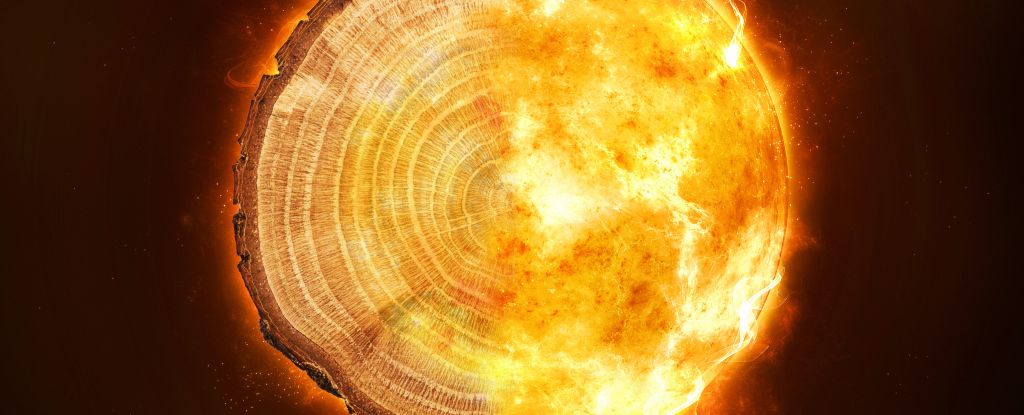
Rock samples from the Jezero crater analyzed by NASA's Perseverance Mars rover show evidence of liquid water and signatures that could be organic compounds.

The planet, nearly 10 times Earth’s mass, orbits a small, red-orange star about 200 light-years away. This planet is extremely hot, with an estimated temperature of 1,050 Celsius.

A team of scientists from the University in Bulgaria say they have developed a novel new method that could help scientists differentiate between black holes and hypothetical wormholes.

After two failed attempts, NASA has successfully launched its Moon-bound megarocket the Space Launch System, which will travel beyond the far side of the Moon and back - further than any other habitable spacecraft so far.

A recently released set of topography maps provides new evidence for an ancient northern ocean on Mars. The maps offer the strongest case yet that the planet once experienced sea-level rise consistent with an extended warm and wet climate.

A large spike in radiocarbon found in trees around the world means an uptick in cosmic radiation.

In the atmospheres of exoplanets WASP-76b and WASP-121b drift clouds of barium was found. The answer to the question "why is there such a heavy element in the upper layers of the atmosphere of these planets?" is unknown.

A team of US. scientists found huge ripples at the edge of the Solar System, on the scale of tens of astronomical units.

Humanity’s first attempt to purposely change the motion of asteroid was a success. The DART mission shows that NASA is trying to be ready for whatever the universe throws at us in future.

Astronomers around the world are captivated by an unusually bright and long-lasting pulse of high-energy radiation that swept over Earth Sunday, Oct. 9. The emission came from a gamma-ray burst (GRB). Its cause is unknown.

The object, named FRB 20201124A, was detected with FAST telescope in China. We still don't know the souce of these signals from space. And this recent discovery just added more to the mystery.

While observing the star system HD 23472 , researchers found three super-Earths and two super-Mercuries. This type last of exoplanet is still very rare—counting these two, there are only eight known super-Mercuries.

Researchers had discovered a “heat wave” extending across 10 Earth-diameters in the atmosphere of our solar system’s biggest planet, Jupiter. In other words, Jupiter’s atmosphere is hundreds of degrees hotter than previously thought.

Way back in 1979, astronomers discovered that cluster's mass distribution formed a lens that distorted the light. Now EU astronomers have spotted time delaying effect with another distant quasar.

After 10 months flying in space, NASA's DART mission successfully impacted its asteroid target last week - the agency's first attempt to move an asteroid in space.